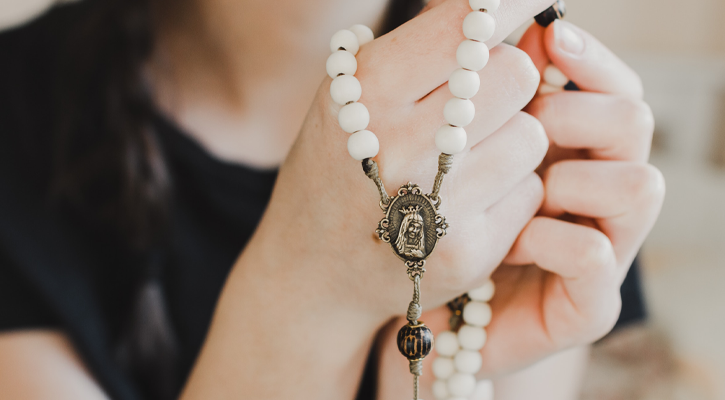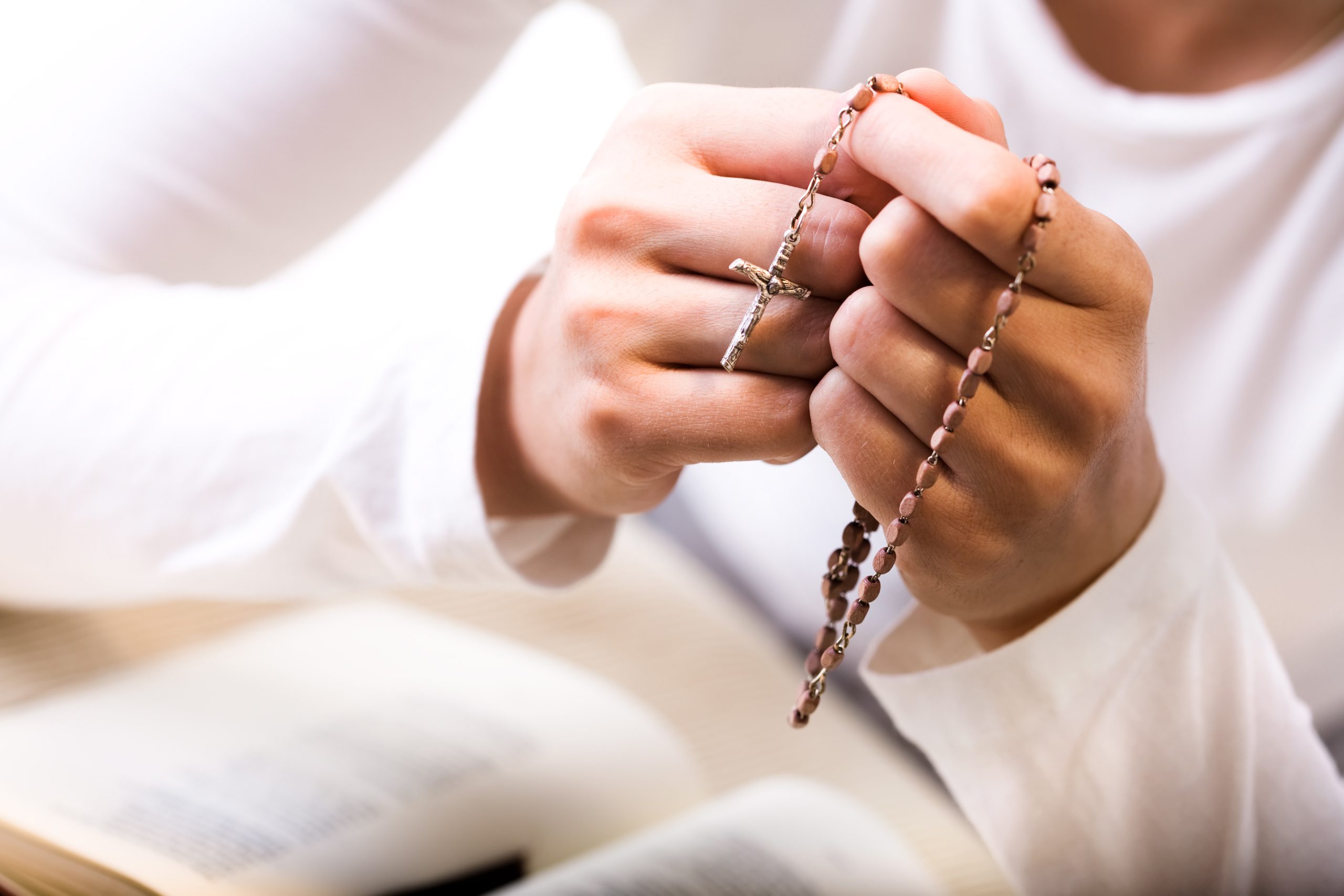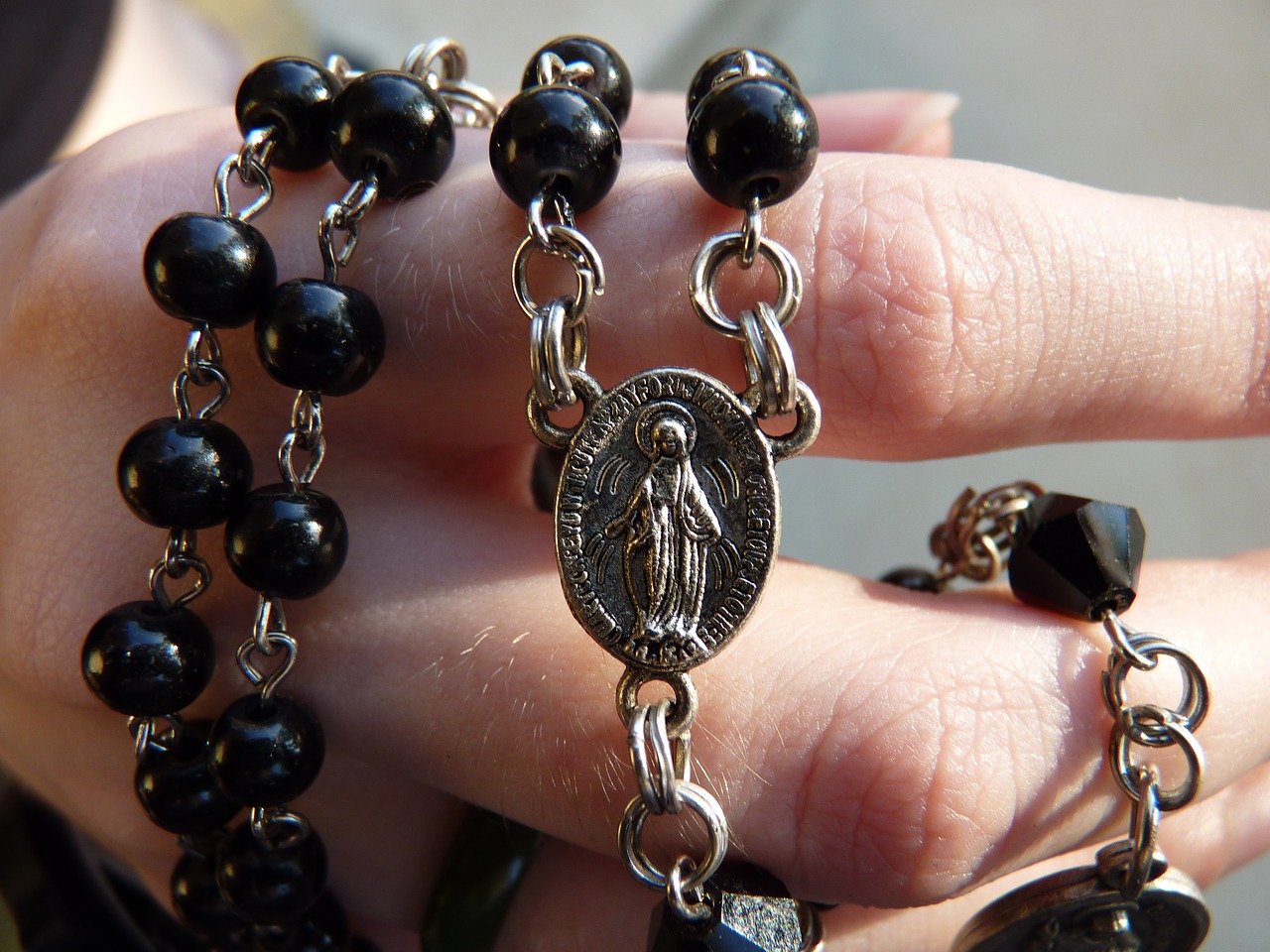When I was first diagnosed with multiple sclerosis, I remember immediately jumping to the worst-case scenarios. Suddenly, I pictured images of people who were wheelchair-bound and unable to carry out many of the daily tasks that I had become so accustomed to doing. That was my frame of reference for this disease.
Then I went to meet with a neurologist. His first words stay with me to this day. He looked me in the eye and said, “If you’ve met one person with MS, you’ve met one person with MS.” What he meant by that was that even though all patients live under the same umbrella of the disease’s name, no two cases will present themselves in the same way. It’s called the snowflake disease for a reason, because, just like snowflakes, no two patients are alike.
Greater Application
I have held on to those words for all these years, but not always related to my illness. Sometimes, I realize that it applies to different situations as well. For instance, my husband, Mark, and I have four kids. And while each of them shares the same DNA and may have similar characteristics and traits that have been passed down from Mark and me, they all could not be more different.
Maddie, our oldest, is strong, independent, and outgoing. Her brother, Alex, is very laid back, quiet, and often has to be given a push to get things done. Riley, the next in line, is a young woman of principles. And our youngest, Kacey, is a free spirit who unashamedly makes her own mold of who she wants to be—four siblings, yet four very different people.
So why am I telling you all of this? Well, I’ve been thinking a lot about our tendency to lump things into broad categories once we find something that we think connects them. For me, that would be people with MS. For my kids, it would be the fact that they are siblings. And while those don’t have dire implications, sometimes stereotypes can.
Telling Words
One of the ways we can identify stereotypes is by the words we use. Generalizations often begin with words such as all or most. We take isolated incidents and paint them onto a much broader canvas, often enveloping an entire group with a certain perception and making them all bear the burden of some.
For instance, the reality is that all immigrants did not come here illegally. All priests are not sexual abusers. All Black men are not criminals. All feminists are not radical. Not all people on government assistance are without a desire to work. And the list goes on. Those examples I just gave are all stereotypes that I, myself, have heard.
Sometimes those ideas are based on one experience we may have had. Or other times they are based not on real-life experiences, but rather things we might have seen on TV or read on social media. Either way, turning one into all does society—and ourselves—a disservice.
We are all made as individual reflections of God’s love and should remember that the next time we start to make generalizations about people. We are all like snowflakes. That means that if you’ve met one of us, you’ve met only one person.









1 thought on “Confronting Stereotypes”
Good reflection!